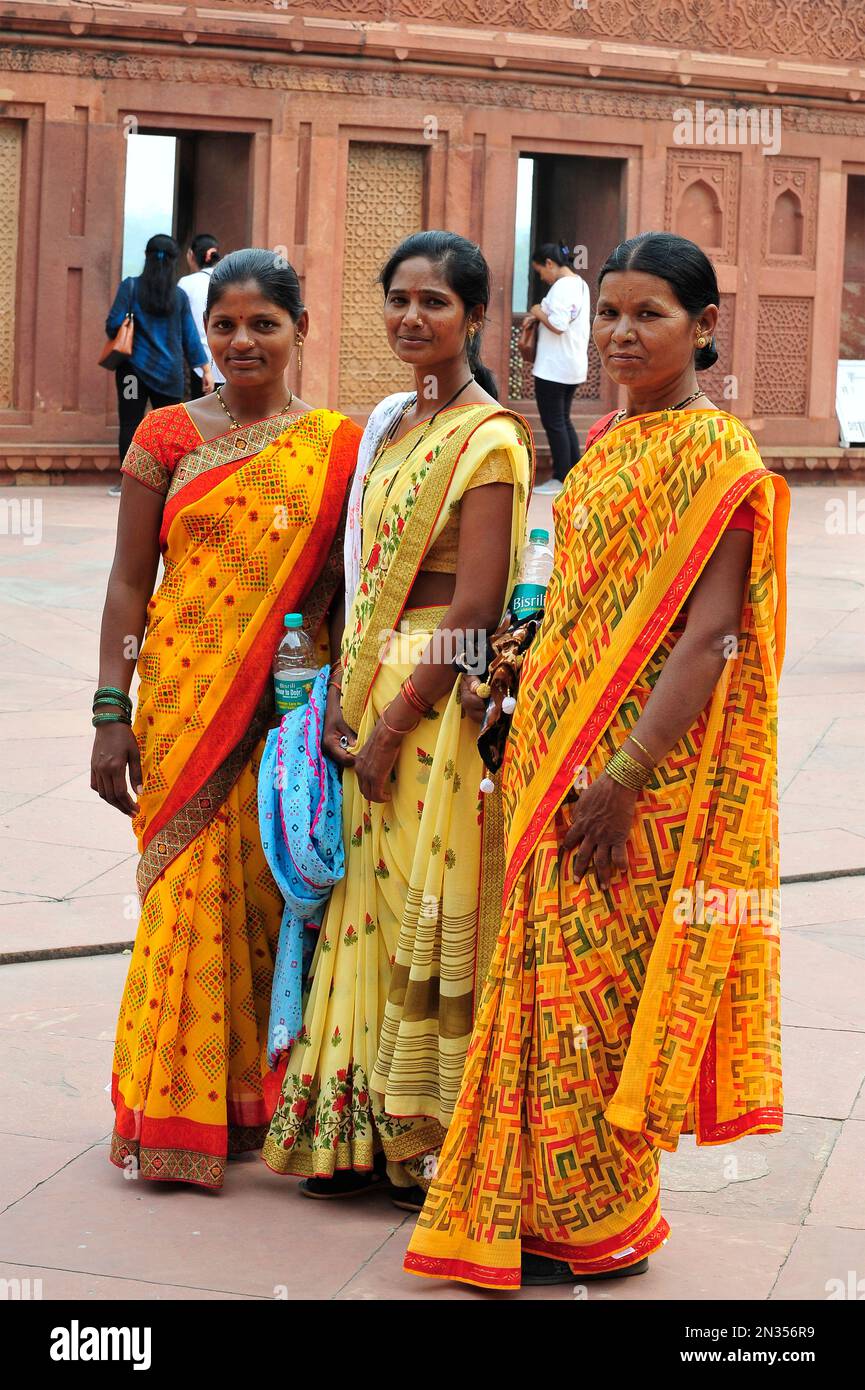India’s Traditional Clothing for Women: An Exploration
As we delve into the rich tapestry of India’s traditional clothing for women, we uncover a world of vibrant colors, intricate patterns, and diverse cultural significance. From the flowing elegance of the saree to the comfort and grace of the salwar kameez, each garment tells a story of the region’s history, traditions, and social norms. This exploration aims to provide a comprehensive look at the various forms of traditional attire that have been cherished by Indian women for centuries.

India, with its multitude of cultures and traditions, is a treasure trove of unique and distinctive clothing styles for women. The diversity is not just in terms of the regions but also in the fabrics, embroidery, and the way they are draped or worn. The saree, for instance, is a staple in many parts of the country and is worn in a variety of ways, each with its own regional flair. The India clothes for women are not just clothing; they are a form of expression, a reflection of one’s identity, and a celebration of the rich cultural heritage.

The Saree: A Timeless Classic
The saree is perhaps the most recognized and iconic piece of India clothes for women. It is a long strip of fabric, typically measuring between 5.5 and 9 yards, that is draped around the body in various styles. The versatility of the saree is astounding; it can be worn for casual outings, traditional festivals, or even formal occasions. The fabric can range from lightweight cotton to luxurious silk, and the designs can vary from simple geometric patterns to elaborate motifs. The saree is a testament to the creativity and skill of Indian weavers and designers, who have been crafting these beautiful garments for centuries.

Salwar Kameez: Comfort Meets Elegance
The salwar kameez, a three-piece set consisting of a long, loose shirt (kameez), trousers (salwar), and a scarf (dupatta), is another popular choice for India clothes for women. It offers a comfortable fit while maintaining a sense of elegance and modesty. The salwar kameez can be tailored to suit various body types and can be worn with a variety of accessories, making it a versatile and practical option for daily wear. The fabric and embroidery on the kameez can be as simple or as ornate as desired, allowing for a wide range of styles and expressions.

Lehenga Choli: A Festive Delight
For special occasions and festivals, the lehenga choli is a favorite among India clothes for women. The lehenga is a form of skirt that is usually made of a heavy material and adorned with intricate embroidery and embellishments. It is paired with a short, fitted blouse (choli) and a Dupatta that is often draped over the shoulders or head. The lehenga choli is a symbol of celebration and joy, often worn during weddings, festivals like Diwali, and other significant events. The vibrant colors and detailed craftsmanship of the lehenga choli make it a stunning and eye-catching outfit.

India clothes for women are not just about the garments themselves; they are a celebration of the rich cultural diversity and the artistic skills of the people who create them. Each piece of clothing is a canvas for storytelling, a way to express one’s identity, and a connection to the traditions of the past. As we continue to appreciate and promote these traditional forms of attire, we also acknowledge the importance of preserving the crafts and skills that have been passed down through generations.
Understanding the significance of these garments goes beyond their aesthetic appeal. They represent a deep connection to the cultural roots of India, a country known for its rich heritage and vibrant traditions. As we explore the various forms of India clothes for women, we are reminded of the importance of preserving these traditions for future generations to appreciate and cherish.
India clothes for women are more than just clothing; they are a reflection of the country’s soul, a testament to its history, and a celebration of its diversity. As we continue to learn and appreciate the various forms of traditional attire, we are reminded of the importance of cultural preservation and the beauty that lies in the uniqueness of each region’s clothing style.






